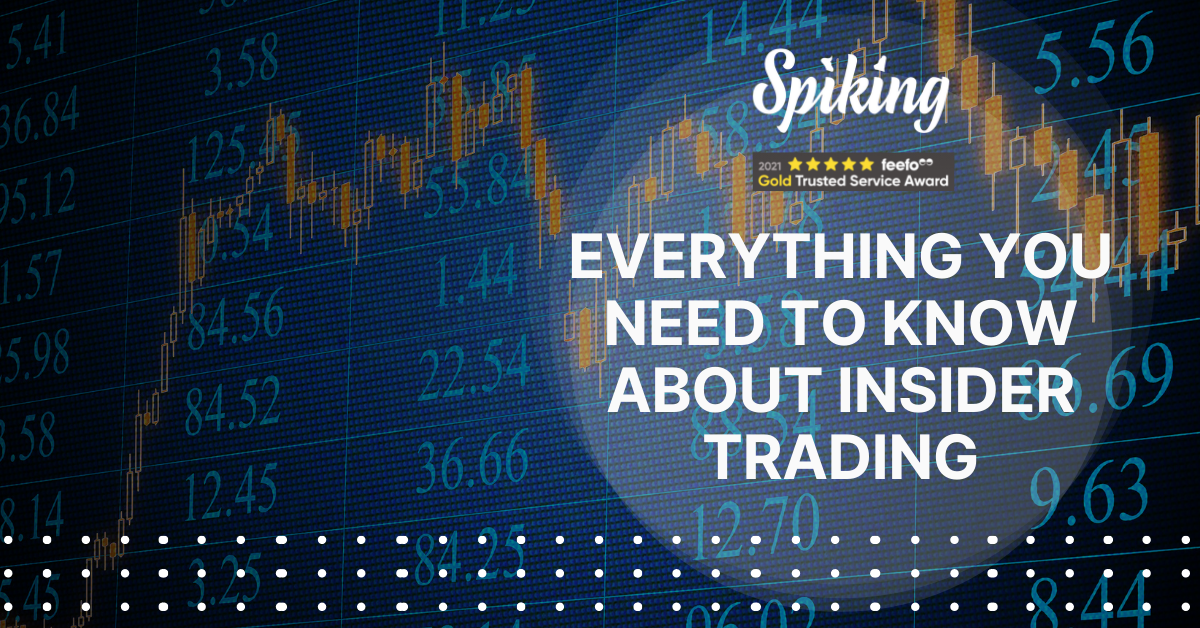
How to build your investment portfolio?
There are a variety of investment alternatives accessible to you if you want to build an investment portfolio but aren't sure where to start, read on to find out how you can start building your investment portfolio now!
There are a variety of investment alternatives accessible to you if you want to build an investment portfolio but aren't sure where to start. Whatever investments you've earned, like stocks, bonds, and real estate, are stored in the portfolio. A portfolio with such a combination of asset kinds is rather typical.
You most probably already have a portfolio of investments. Your retirement is spread over several asset classes. With a separate investing portfolio, many people may develop wealth without relying on their super. Property and stocks are by far the most common investment assets among Australians.
The portfolio selections you make today could very well reward off in five to ten years. In most circumstances, the more you spend on an item, the better because time may level out market swings and assets tend to grow in value over time.
With that in consideration, we've compiled a list of investing ideas to help you get started.
Simple methods for beginning to create your portfolio
If you're new to the process on how to build an investment portfolio, you could be worried about selecting which stocks to purchase. Investing in a managed fund or an exchange-traded fund is an easy method to begin increasing your portfolio.
Managed Funds
Shares and managed funds are not the same things. A managed fund pools money from retail investors and manages it through purchasing and selling choices made by a fund manager.
You can invest funds in a single asset category, like stocks, real estate, or bonds, or you might divide your funds into various asset classes or geographical areas. This is entirely dependent on the managed fund's fundamental investing strategy. So do your homework on the funds you're thinking about investing in to make sure they're a good fit for your requirements and risk tolerance. You may also invest in shares of your own; in fact, a well-balanced portfolio often includes both managed funds and individual stocks.
ETFs (exchange-traded funds)
Another sort of investment is an exchange-traded fund (or ETF). It functions similarly to stocks in that it may be purchased and traded on a stock exchange.
An ETF allows you to invest in a variety of asset classes or companies all in one transaction. You can acquire equities in several firms within a certain field, like healthcare, or in a specific currency, like the Australian dollar, if you invest in an ETF.
ETFs that follow a market index, like the S&P/ASX 200, or a specific commodity, like gold, is another popular choice of ETF investors (they can imitate such investments without requiring to hold the actual asset). An ETF isn't necessarily professionally managed, apart from a managed fund.
Selecting your own stocks
Picking your own shares is one approach to getting total control over your portfolio development. Either you've done your homework and understand precisely which stocks you want to invest in; perhaps you simply want to keep the ability to buy and sell, and maybe you're indeed a seasoned trader.
The shares you purchase will be determined by a number of things, including the amount of money you would like to invest, the types of businesses you want to participate in, your financial goals, and the level of risk you are willing to face (your risk potential).
Your stock purchase might be viewed as a long-term investment with predictable profits. In such a scenario, you may also want to explore investing in well-known (or 'blue chip') firms, which are often seen to be less risky.
If you seek faster profits, you could be ready to invest in risky firms with unpredictable stock prices.
When it comes to picking your own stocks, regardless of your risk tolerance, it's advisable to invest in a variety of firms and industries. This implies that when some stocks do well, they can compensate for losses in other stocks. Don't place all your goods in one basket, in other words. Please remember that even with a well-diversified plan, you might lose a lot of money in a broad downturn like the global financial crisis. Long-term shareholders, on the other hand, tend to make money.
Doing your homework
There are only a few various paths you may follow to become more familiar with the world of stock trading. Because economics and variations in other markets have a big impact on the stock market, it's a good idea to study up on the country's economy (if you're buying shares of a specific country), global economies (if you're buying shares in foreign firms), exchange rates, governmental policies, and any industry-specific information.
Through an investment platform like ANZ Share Investing, you may have access to share prices, market news, and more (Applications for ANZ Share Investing accounts will close on 1 July 2022).
You may even dig further and read specific company reports or subscribe to company alerts to learn more about the companies in which you've invested. If you already have an extensive understanding of certain firms or industries, this might help you make better-investing selections.
We've put up a tutorial detailing what to consider before you start investing in stocks, as well as a guide on how to get started with $1000.
What to Be Aware Of?
It's critical that you understand the hazards associated with investing in stocks. While there is the potential for considerable financial gain, there is also the danger of substantial losses, and you might lose part or all of your invested funds.
Ensure you do your homework
Begin by investing in funds or firms with which you are familiar, but only invest money that you can afford to give up.
Look for red signs, such as firms that haven't turned a profit in a long time, have a lot of debt, or are under investigation. Stocks with a steady loss in value in the last three to five years should also be avoided.
Investing, understandably, generates a lot of questions. Check out our share investing guidelines for additional information on Spiking and join our online stock trading courses for investment portfolio examples.



